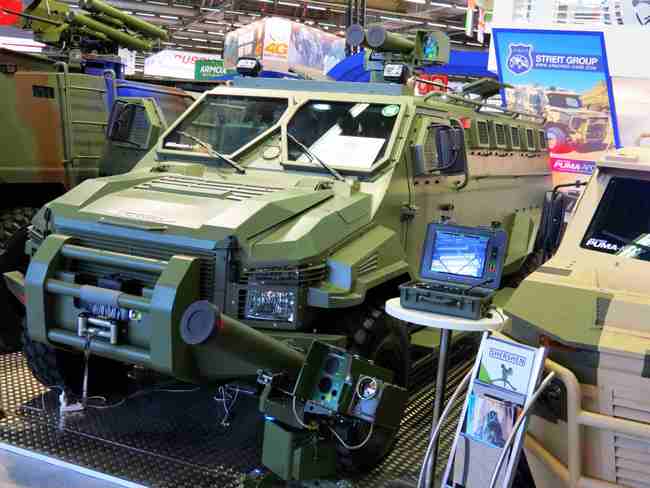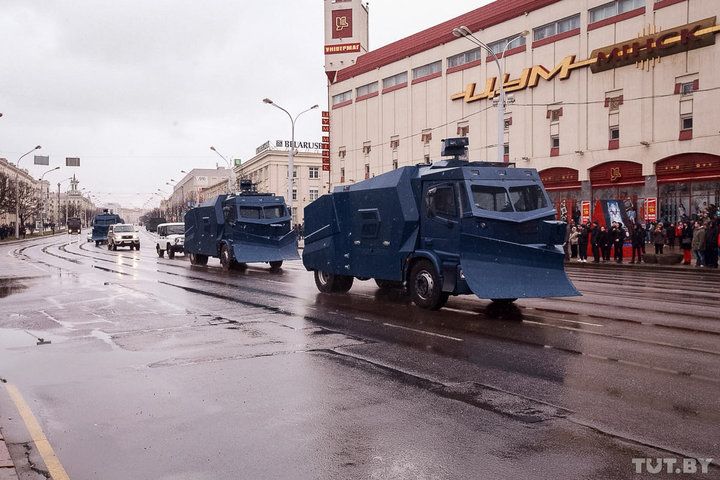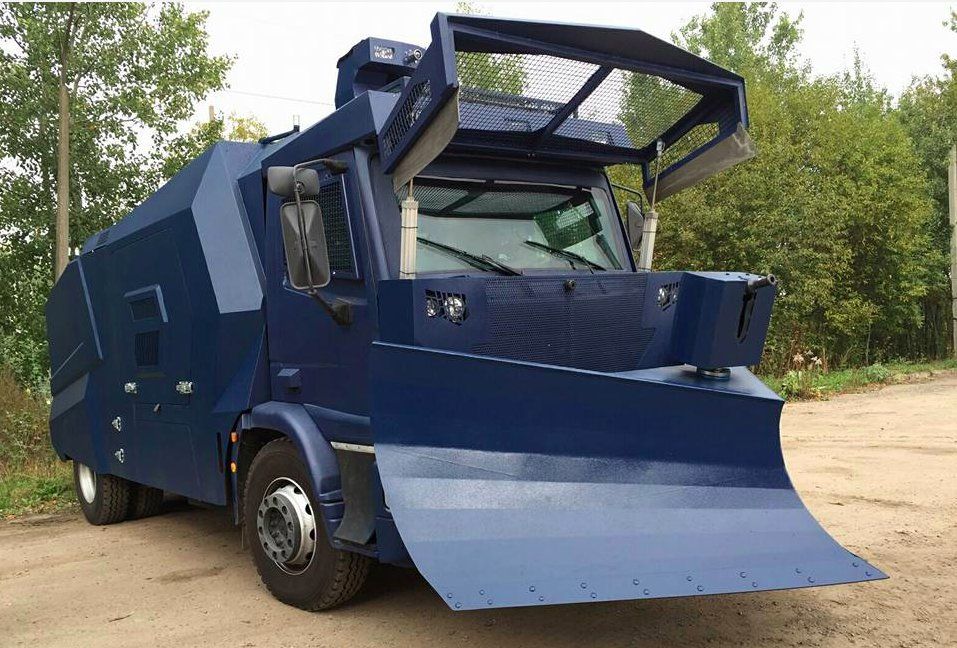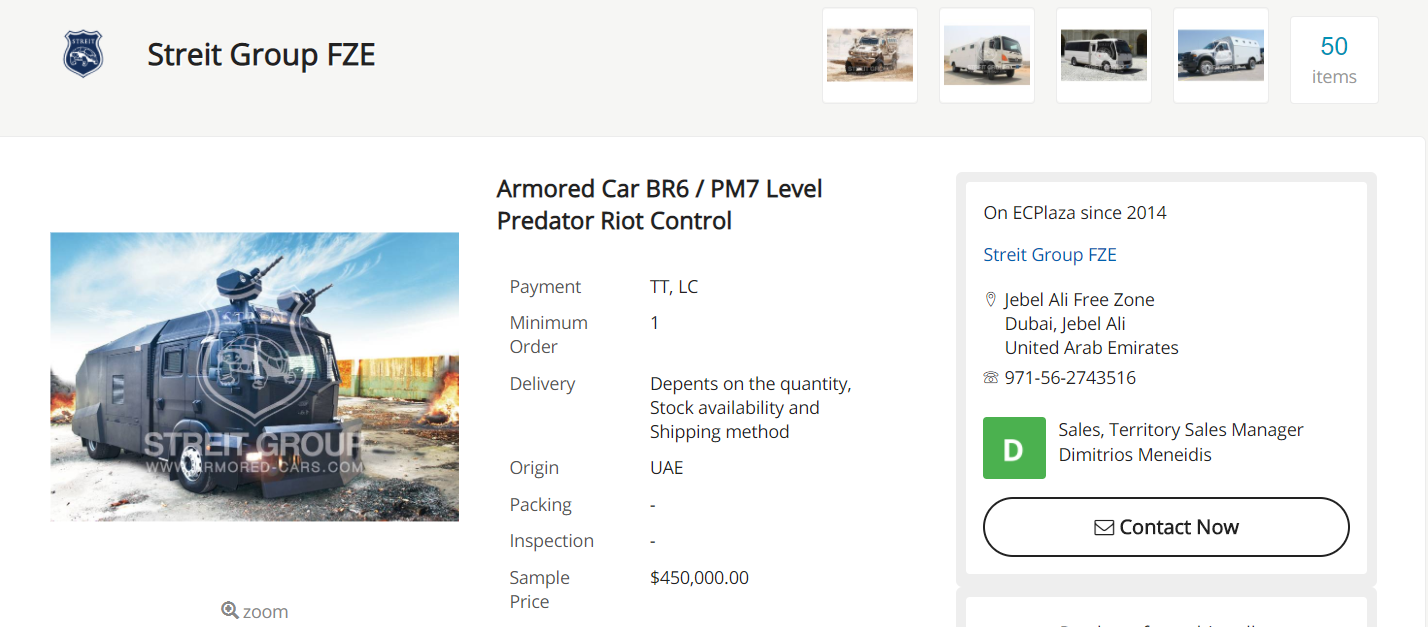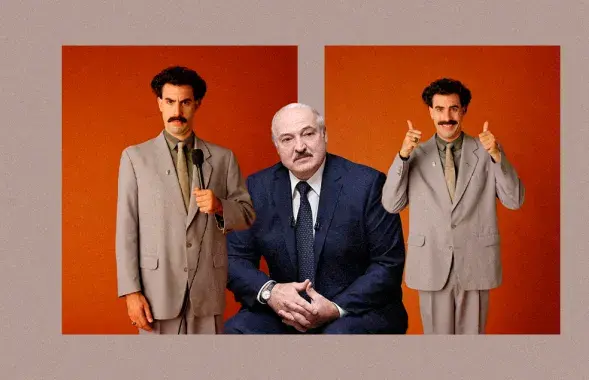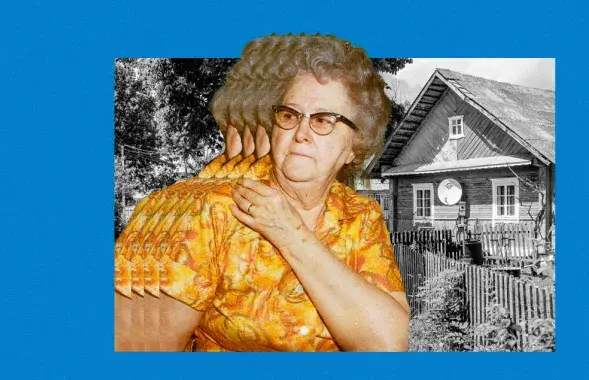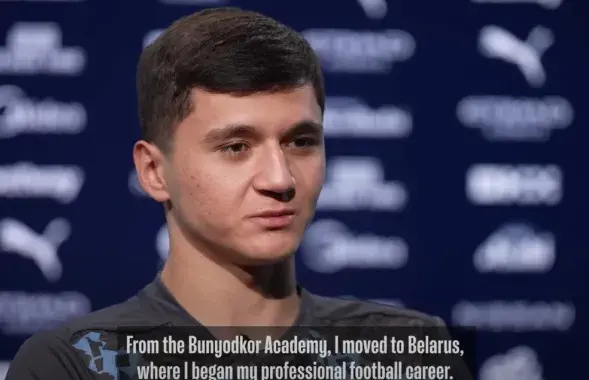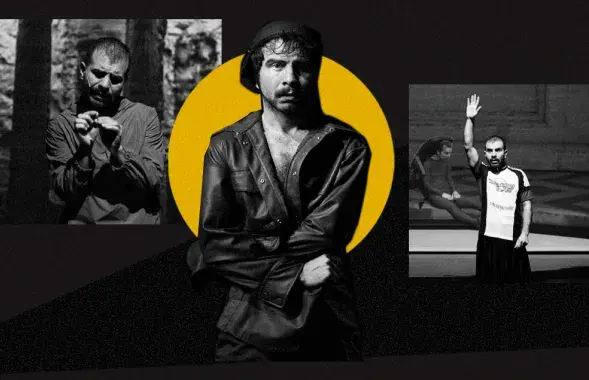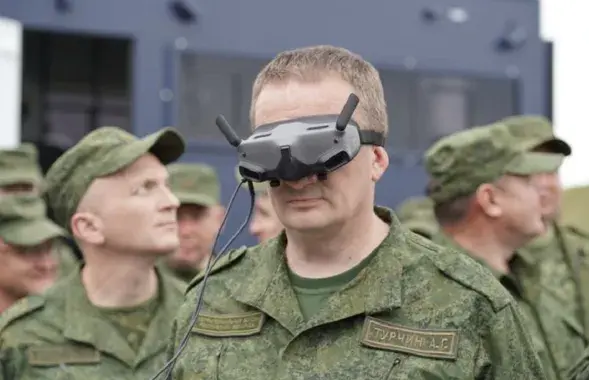Canadian but with Russian roots: water cannons used against Belarus protesters
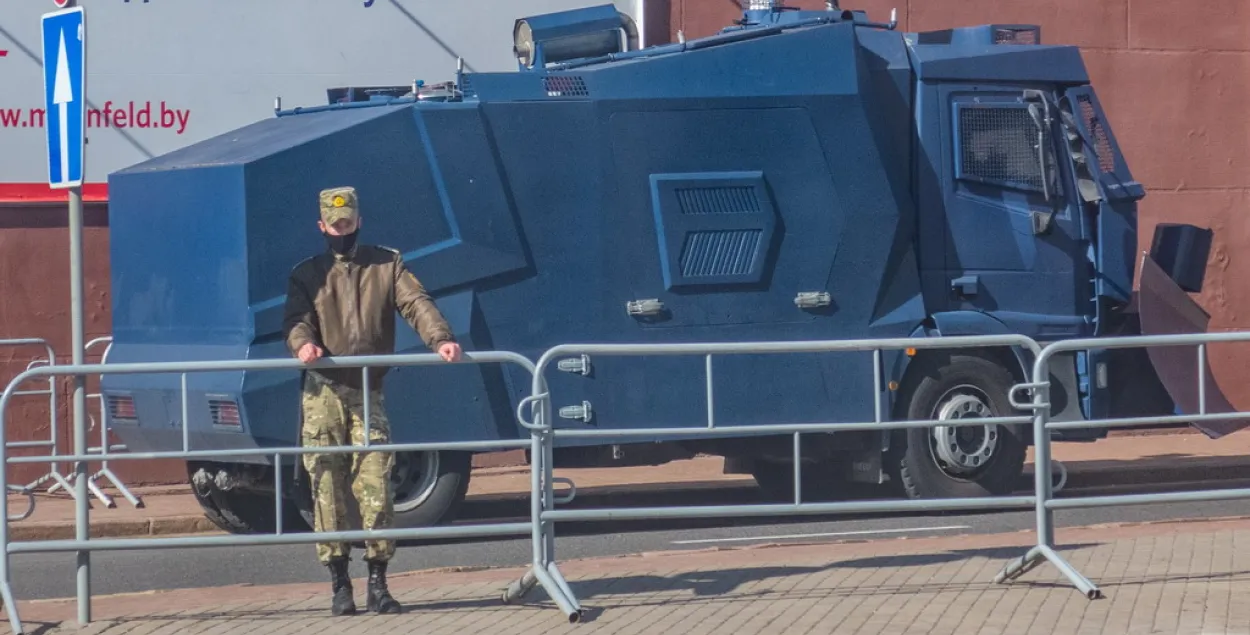
The Predator water cannons in Minsk / Wikimedia
On October 4, for the third time in the past two months, the Ministry of Internal Affairs of Belarus used water cannons against protesters in Minsk. But something went wrong. The protesters easily “opened” the insides of the water cannon, took out the paint canisters and the fire hydrant. The pump of one of the machines was damaged. The fountain hit 20 meters up through the technological hatch.
The water cannon, which “replaced” the broken machine, did not stop the protesters. But at least it worked properly.
How to explain the embarrassment with water cannons? Why were these machines so vulnerable? Finally, where did they come from, how much did they cost and how did they end up in Belarus?
Canadian, but with Russian roots
The water cannons are manufactured by the Canadian company Streit Group, which was founded by the Russian German Gutorov in 1992. Now Gutorov is a Canadian citizen but lives mainly in the UAE.
Streit Group is bypassing the Canadian arms embargo as the main production is located outside of Canada. The company now has 12 factories and 25 offices around the world, including in the UAE, Turkey, Jordan, the USA and Russia (the company's representative office is called “Straight Kama” and is located in Naberezhnye Chelny). But the production facilities in the Canadian town of Midland, Ontario are still preserved.
Problems with law
German Gutorov is still personally managing Streit Group. The Organized Crime and Corruption Reporting Project (OCCRP) refers to him as “a person or company associated with criminal activity”. The UN has repeatedly accused the company of circumventing the arms embargo.
The Canadian publication Globeandmail conducted an investigation into how the company was able to put special equipment in hot spots bypassing the sanctions. The Streit Group sold weapons to many conflict zones. Its business interests are concentrated in the markets of third world countries, primarily in Asia and Africa.
Who Streit Group trades with
In 2014, when the war broke out in eastern Ukraine, light armored vehicles called Spartan and Cougar, which KrAZ assembled under the license of Streit Group, began to be supplied to the Ukrainian armed forces.
In July 2015, Greek authorities seized a shipment of armored vehicles heading for Libya from the UAE. All this despite the arms import embargo against Libya.
In September 2015, the US federal government imposed a $ 3.5 million fine on the Streit Group's American subsidiary for illegally transferring armored vehicles to other countries. For example, according to documents, in 2008, Streit Group transferred armored vehicles worth $ 743 thousand to its branch in Venezuela. The company also sent at least eight armored vehicles to the UAE for a total of $ 2.4 million.
Connection with the Belarusian military-industrial complex
In 2014, the Belarusian Center for Scientific Research and Production, engaged in the development and production of anti-tank guided missile systems, together with the Canadian Streit Group, presented the Warrior armored vehicle equipped with the Belarusian Shershen-D ATGM. Later, these complexes were supplied to the Azerbaijani army.
In 2016, the CJSC CNIP brought the Shershen mobile ATGM to the Eurosatory international exhibition of weapons, security technologies and means of protection.
When did Belarus buy water cannons?
Information that new water cannons were at the disposal of the Ministry of Internal Affairs appeared back in 2015, shortly before the last presidential elections. Then the security officials did not comment on this in any way.
Water cannon model
Among the machines of the Canadian-Emirates company Streit Group, there are two models of water cannons. The manufacturer makes water cannons on different platforms: Mercedes, MAN, IVECO and even KAMAZ. The Belarusian Interior Ministry is armed with at least three vehicles based on IVECO.
The technical characteristics of the Belarusian models have not been published anywhere. But if you look at the samples of water cannons on the manufacturer's website, you can get a rough picture.
The first model is called Riot Control. The machine is equipped with powerful multi-directional remote-controlled water cannons and a water tank with a volume of 6,000 liters. There are separate tanks for pouring colorants, foam and other additives.
The smooth surface prevents rioters from climbing onto the vehicle. It is equipped with a tear gas supply system.
“The riot control vehicle has excellent maneuverability, and when used effectively, it will quickly disperse even the most disobedient crowd without any fatal injury,” reads the accompanying text on the manufacturer's website.
The second model is Predator Riot Control, aka The Predator. This is an armored vehicle. The driver's cabin is armored up to the FB6 level, capable of withstanding bullets and grenade fragments. The cockpit is equipped with ballistic glass, armored up to the BR6 level and protected by a projectile mesh.
The Predator is equipped with a state-of-the-art control and monitoring system that includes three remote-controlled water cannons, two on the roof and one on the front bucket. The water pump for the cannon was developed by the German company Ziegler. Water cannons are capable of shooting up to 70 meters.
The water tank, depending on the chassis model, is from 5 to 12 thousand liters, there are separate tanks for dyes, foam and other additives. A special blade is installed in front to remove obstacles.
There are cameras for day and night surveillance, a hands-free system with strobe lights, and a built-in fire system to protect against Molotov cocktails. The Predator can be equipped with a smoke and tear gas grenade launcher, as well as sonic cannons.
The Predator price listed on the EC Plaza B2B business website is $ 450,000
It is the Predator model that most of all resembles the water cannons supplied for the Belarusian Ministry of Internal Affairs. In particular, the design and location of the vents. But the Belarusian cars are clearly a special order, none of the Streit Group models has such a sharp front blade. In addition, Belarusian vehicles may not be equipped with a gas protection system.

